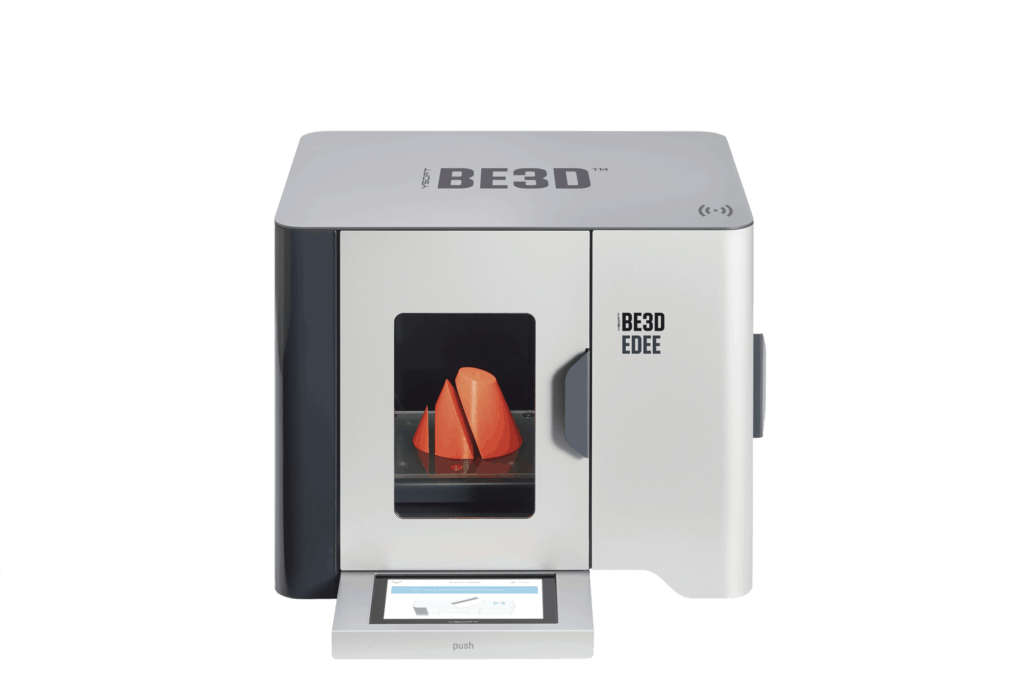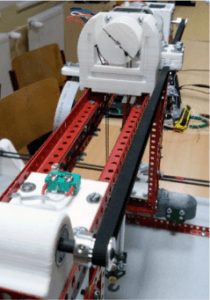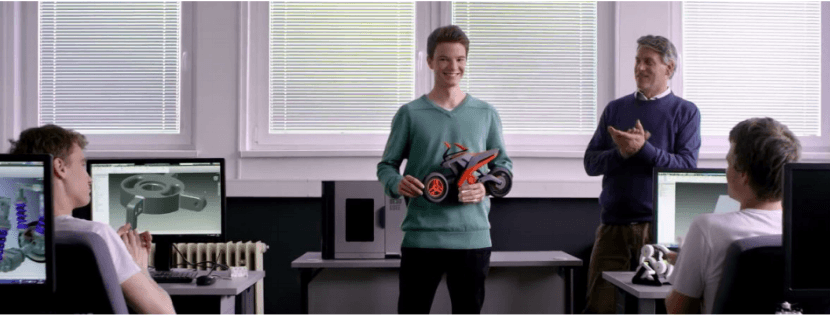It’s pretty clear by now that 3D printing in the classroom is extremely beneficial to students; they enjoy learning and using the technology, and it helps prepare them for the future, as 3D printing continues to grow in many industries. Schools can print out motivational assets like school emblems, students can print prototypes of community layouts, history classes can print out historic artifacts to take a closer look…the possibilities are almost endless. Many students just really enjoy seeing an object they first modeled on the computer being printed out as something physical they can pick up in their own hands. ![]()
Unfortunately, many schools, if they acquire a 3D printer, only take them out on rare occasions. But one educator is shaking things up at his school. Lukas Prochazka, the deputy headmaster of secondary Technical School Prosek, Czech Republic, has made it a goal to ensure that when his students graduate, they have the most modern technical skills required by many employers. Last year, the school teamed up with global technology company YSoft, which provides 3D printing solutions for education and manufacturing using its YSoft bE3D family of products, to create a 3D printing classroom as part of its curriculum, and to study its use in the school for one year.
“Usually acquiring a 3D printer in the classroom leads to a short period of excitement followed by not using the printer at all. This can happen for several reasons – a lack of ideas on how to use it, a lack of technical skills required to operate it properly in the long term, and more importantly, a lack of a systematic approach when deploying the technology in the curriculum. We learned a lot in these areas and are ready help others to find their perfect way of using 3D printers in the classroom,” says Prochazka.
In 2010, 3D printing was first introduced to the school’s senior class, and the next year they decided to start earlier and introduce it to the sophomore class. The school purchased its first 3D printer in 2011, and Prochazka immediately began to investigate how to best leverage the technology in the curriculum. Four years later the partnership with YSoft began in earnest. The school dedicated one classroom to be used as a field test for a specialized 3D technologies lab that YSoft equipped with ten printers. The goal was to find the best way to integrate 3D printing into the everyday curriculum. YSoft also leveraged their findings for use in the final development phase of its YSoft bE3D eDee printing solution, designed exclusively for schools. 
As only one third of a 30-student classroom ever used the lab at one time, each student was able to have access to his or her own printer. The lab was accessible to all students and teachers outside of the regular school day as well, so the equipment could be used for individual long-term projects and graduation projects.
The interaction of 3D printing in the classroom was carefully monitored by the school and YSoft for one school year. As a result of this case study, Technical School Prosek made the following observations:
- 60% of printed objects were related to education (40% graduation projects, 12% teaching aids, spare parts, etc., and 8% individual education projects)
- 37% of printed objects were for personal and entertainment use
- 3% of all printed objects were printed as part of the school’s marketing activities
- 40 filament spools were consumed
- Each printer was in use approximately five hours per day
The school found many benefits of using 3D printing in the classroom, such as introducing modern technology into the education process, boosting students’ morale, and strengthening their motivation to learn. The case study testing period also helped identify three challenges that other schools should think about when considering implementing 3D printing technology at their own institutions: cost management and recovery, 3D print management, and security.
 YSoft took note of these challenges, as they also specialize in workflows, print management, and cost recovery for paper printers. This helped the company understand how similar technologies can be used for 3D printers, and they incorporated the necessary features and addressed them in the YSoft bE3D eDee printing solution for education. By integrating its YSoft SafeQ Print Management Suite and accounting system with a 3D printer, the YSoft bE3D eDee solution enables schools to manage usage, recover costs, and lock the printer during the printing process, so the final print is released only to its authenticated owner.
YSoft took note of these challenges, as they also specialize in workflows, print management, and cost recovery for paper printers. This helped the company understand how similar technologies can be used for 3D printers, and they incorporated the necessary features and addressed them in the YSoft bE3D eDee printing solution for education. By integrating its YSoft SafeQ Print Management Suite and accounting system with a 3D printer, the YSoft bE3D eDee solution enables schools to manage usage, recover costs, and lock the printer during the printing process, so the final print is released only to its authenticated owner.
Subscribe to Our Email Newsletter
Stay up-to-date on all the latest news from the 3D printing industry and receive information and offers from third party vendors.
Print Services
Upload your 3D Models and get them printed quickly and efficiently.
You May Also Like
U.S. Navy Lab Uses 3D Printing to Reduce Tooling Lead Time By Over 90%
The F-35 Lightning II Joint Program Office (JPO), responsible for life-cycle management of the key fifth-generation joint strike fighter (JSF) system used by the U.S., its allies, and its partners,...
Etsy Design Rule Change Reduces Selection of 3D Printed Goods
Online marketplace Etsy has implemented a rule change requiring all 3D printed goods on the site to be original designs. The update to the site’s Creativity Standards states, ¨Items produced using...
Honeywell Qualifies 6K Additive’s Nickel 718 for 3D Printed Aerospace & Defense Parts
6K Additive is renowned for manufacturing sustainable additive manufacturing (AM) powder, and offers a wide portfolio of premium metal and alloy powders that include titanium, copper, stainless steel, and nickel,...
MetalWorm Sells WAAM Systems to Research Institutes in Brazil and Malaysia
Turkish WAAM firm MetalWorm has sold a system in Malaysia and another in Brazil. This is an excellent example of a few emerging trends in additive. Firstly, WAAM was experimented...




































